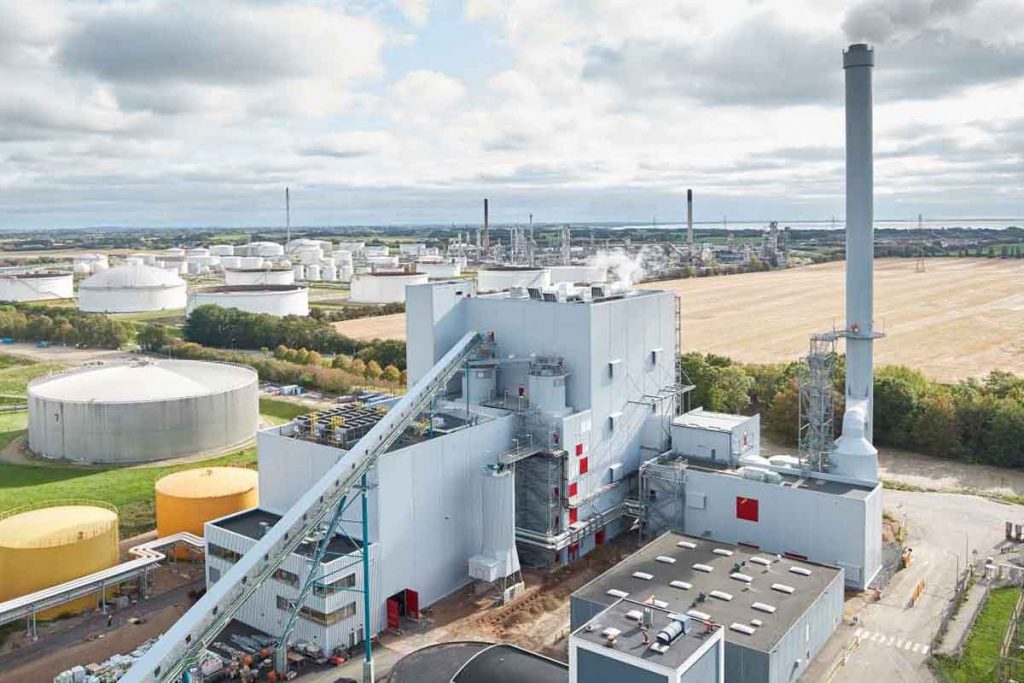Bioenergy that is converted from biomass creates reliable and sustainable electricity. However, this is not the same as other renewable sources because it can be deployed and stored to meet varying industrial demands, making it a potentially highly valuable and highly-regarded renewable energy component.
In this case, organic wastes and biomass, either in gaseous, solid, and liquid forms, can generate power through technological applications available in Australia and internationally.
Nevertheless, generating electrical current from bioenergy has still not been widely recognized in Australia. In fact, statistics from the energy council 2016 report show that 1.5 percent of overall electricity production in Australia during 2016 was from a sustainable source.
Moreover, most energy generation from post-processing sugarcane residue goes through the sugar industry in Australia with a 480 MW installed capacity. Additionally, according to studies, most electricity production from Australia’s bioenergy facilities comes from small plants whose capacity is only below 10MW.
Still, electricity generated from biomass has long-term potential in 2050, as much as 72,629GWh per year. This is about forty times the present level. Bioenergy can indeed offer a dependable and sustainable electricity network and play a crucial role in maintaining a carbon-neutral industry.

